
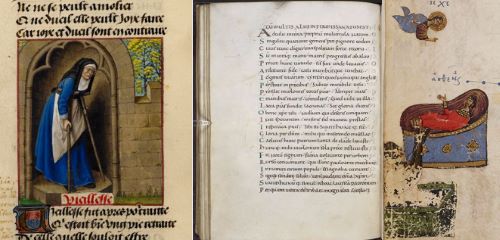
People with disabilities are illustrated more frequently in medieval manuscript culture than realized.

By Dr. Alison Hudson
Adjunct Professor of History
University of Central Florida
We recently received an enquiry asking if medieval manuscripts ever depict people with disabilities. At this time when the eyes of the world are upon the Rio Paralympics, we thought that it might be appropriate to devote a blogpost to medieval illustrations of disability and illnesses.
Medieval manuscripts are full of portrayals of disabilities. From allegorical figures to pilgrims seeking cures at saints’ shrines, to medical texts describing early surgeries for cleft palates, our manuscripts depict many forms of disability and many individual people with disabilities in images and words.
In fact, people with disabilities are illustrated more frequently in medieval manuscript culture than is often realised, particularly as the owners of and inspirations for many surviving manuscripts. To take one example: Bishop Æthelwold—for whom the spectacular Benedictional of St Æthelwold was made—had ‘swollen legs’ according to his students, and he reportedly needed two assistants to help him stand during mass. Aside from these two references, however, Æthelwold’s disability is not mentioned either in the written accounts or in the images which seemingly depict him. Studies of medieval disability are often hampered because scholars are dependent on the sources revealing disability in the first place.
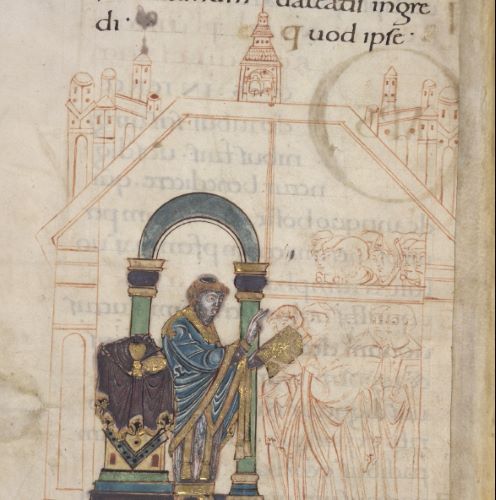
As well as being the patrons of manuscripts, people with disabilities also influenced the contents of manuscripts as authors, scribes and artists. For instance, the Greek poet Homer may have been blind: at least, he was certainly believed to have been blind by the late Middle Ages. The British Library has a large collection of early copies of Homer’s works, including one of the best-preserved copies of the Iliad from the 2nd century AD, along with later medieval depictions of Homer as blind.

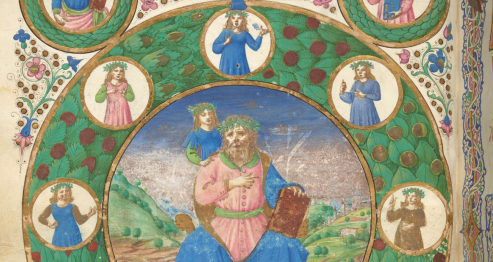
People with disabilities also feature as the subjects of texts in many medieval manuscripts. Many leaders in the Middle Ages experienced one disability or another. King John of Bohemia was blind yet continued to fight on horseback; while Enrico Dandolo was blind by the time he became the doge of Venice in 1192. Admittedly, in some medieval cultures and contexts, being blind was seen as a bar from holding high office: in the Byzantine Empire, deposed leaders or political rivals were sometimes blinded to stop them gaining or resuming power. Nevertheless, Dandolo disproved the idea that sight loss was incompatible with effective leadership when he allied with the crusaders who sacked Constantinople in 1204.
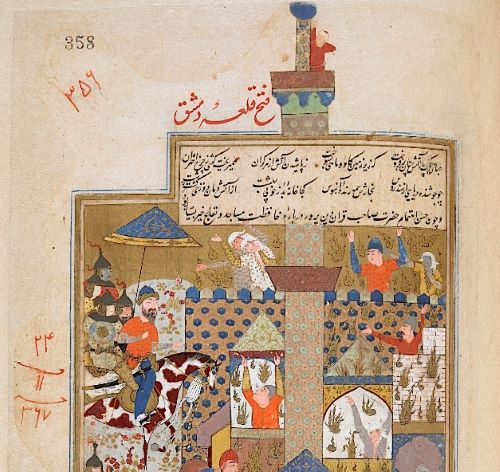
Musculoskeletal disabilities did not stop some medieval warriors, either. Contemporary accounts supported by archaeological discoveries suggest that Timur (d. 1405), the founder of the Timurid Empire, whose armies swept across Central Asia and the Middle East, had physical disabilities on his right-hand side. In several languages, he was remembered as ‘Timur the Lame’, leading to the European misnomer Tamerlane. Manuscripts recounting the deeds of Timur and his descendants are described in more detail on the British Library’s Asian and African Studies blog.
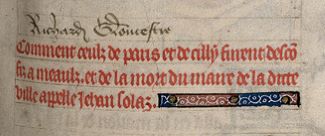
Modern archaeological research has also confirmed that Richard III had scoliosis and that Robert the Bruce may have had leprosy towards the end of his life. Perhaps the most famous king to have leprosy, however, was Baldwin IV of Jerusalem, whose disease was discovered while he was playing as a boy. The British Library holds several versions of the history written by Baldwin’s tutor, William of Tyre, which mentions this incident.

Other medieval rulers had conditions which we can no longer identify, but which were remarked upon by contemporaries. Alfred the Great, king of Wessex (871–99), had an uncertain illness which had an unfortunate tendency to become acute during communal events, such as his own wedding. Alfred’s biographer, Asser, tried very hard to explain away Alfred’s ailment as a test from God to keep Alfred holy.
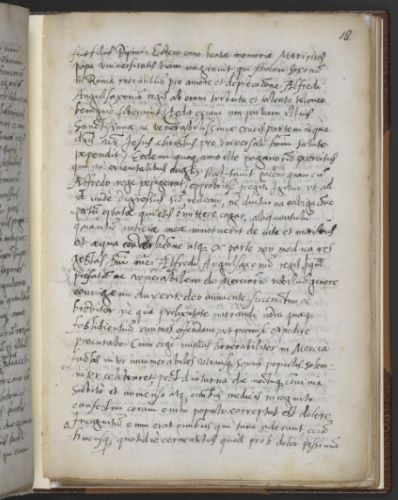
These examples do not necessarily mean that all people with disabilities in the Middle Ages enjoyed particularly notable lives or were able to overcome all physical and cultural obstacles. Treatments prevalent in many places may have been more harmful than helpful, notwithstanding some remarkable recent discoveries in medieval medical manuscripts. It is important to stress, however, that medieval people with disabilities were not always marginalised, and that some of them were socially, politically and culturally prominent, as our manuscripts so splendidly reveal.
Originally published by the British Library, 09.09.2016, under the terms of a Creative Commons Attribution-NonCommercial-ShareAlike 4.0 International license.


